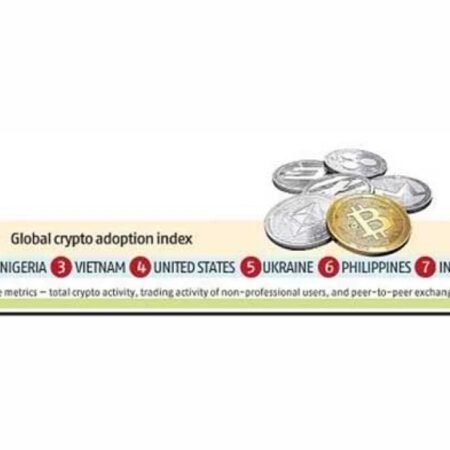With the Sensex closing above 80,000 on July 4, the mood is buoyant, even euphoric, among retail investors. Experts say there is a need to tread with caution in such an environment.
The rally is supported by a number of positive drivers. “Currently, the Nifty or the Sensex looks slightly at a premium compared to historical standards. But that is led by good macros, expectation of decent monsoon, and both domestic consumption and capex, including the Make in India story across sectors like railways, defence and, heavy engineering, doing well,” says Sonam Udasi, fund manager, Tata Mutual Fund. According to him, the re-rating is also supported by well-rounded earnings contributions from a variety of sectors.
Emerging risk: What if anticipated earnings don’t materialise?
However, many individual stocks have surged. Many segments, especially mid and smallcaps, hit hard by Covid-19, have bounced back from a low base. Cyclical sectors like capital goods and defence now enjoy premium valuations once reserved for the consumer space because of a significant turnaround in earnings.
“However, assuming this level of earnings growth will continue indefinitely and pricing stocks accordingly is a mistake. There could be disappointment if projected earnings do not materialise,” says Vidya Bala, co-founder, PrimeInvestor.
Many stocks are flying high but are not supported by fundamentals. “In the next round of market volatility, many will drop permanently, leading to permanent loss of capital for shareholders. Only those stocks will bounce back that are backed by genuine earnings and cash flows,” says Jatin Khemani, managing partner and chief investment officer, Stalwart Investment Advisors LLP, a New Delhi-based Sebi-registered portfolio management services firm.
Many sectoral and thematic mutual funds in categories like public sector undertakings and infrastructure have given returns between 50 per cent and 100 per cent over the past year. “Many investors are ploughing more money into these funds, expecting the returns to continue,” says Bala.
Not yet in bubble territory yet
Earnings cycle: There are three phases in the earning cycle: early, mid and late stage. The late stage of the earnings cycle is a red signal.
“If you look at corporate profits as a percentage of GDP, they move in the range of 2 to 8 per cent. Currently, we are close to the 5 per cent band. Once it moves to the 7-8 per cent level, there is reason to worry,” says Arun Kumar, head of research, Fundsindia.com.
Valuation: Fundsindia.com uses five indicators to determine valuation: Market cap to GDP, price to earnings, price to book, and earning yield to bond yields. In the scale they use, there are five levels, with the first level being the cheapest and the fifth being the most expensive. “Valuations are clearly in the red zone,” says Kumar.
Fund flows: Domestic investors are buying heavily. They have invested more than Rs 6 trillion over the past two and a half years. But foreign investors have pumped in less than Rs 10,000 crore over this period. “In a bubble zone, both would be heavy buyers. So, the flows parameter is not signalling red,” says Kumar.
Sentiment: This parameter tries to assess whether market participants are in greed or fear mode. A lot of futures and options (F&O) trading is happening with new investors entering these segments. Lots of new fund offers (NFOs) are getting launched. Sector funds are being preferred. Smallcaps are doing very well. “This indicator is signalling that the market is entering the greed zone. It is almost in the red territory,” says Kumar.
According to him, of the four indicators, one is in the red, another is entering this zone, while the other two are signaling green. This, according to Kumar, indicates that the market is witnessing a bull run but has not yet entered bubble territory.
What should fund investors do
In this phase, investors should just stick to their asset allocation. If your original equity allocation was 60 per cent but has now moved up by 5 percentage points or more, bring it back to 60 per cent.
“Avoid panic selling and exiting equities entirely because re-entry becomes very difficult,” says Kumar.
What should direct stock investors do
Direct stock investors should also focus on risk management and trying to protect their gains.
Using a horseracing metaphor, Khemani points to the need to stick to the basics of successful long-term investing. “Remain focused on the quality and growth of the underlying business (the horse), the quality of management (the jockey), and whether the price offers a margin of safety compared to its value (odds),” says Khemani.
Get the price to earnings ratio chart here
Get the price to book ratio chart here








No Comment! Be the first one.